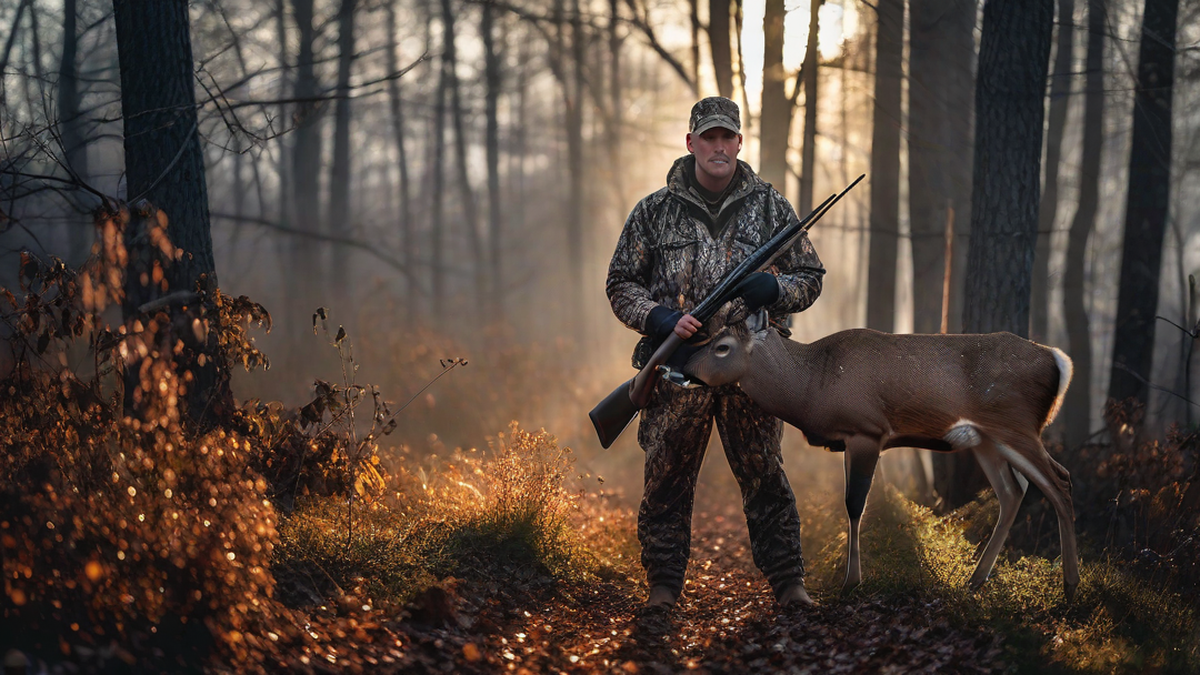Bow hunting season for deer is an exciting time for hunters like me who prefer the challenge of getting up close and personal with our prey. Unlike gun hunting, bow hunting requires a higher level of skill and patience. It’s a thrilling experience to draw back your bowstring, release the arrow, and watch it fly silently through the air towards your target.
Now, let’s dive deep into the details of when deer bow hunting season starts. Please keep in mind that hunting regulations can vary by state, so it’s essential to check the specific regulations in your area before heading out into the field.
Early Bow Season
In many states, deer bow hunting season kicks off in early September. This early season is a golden opportunity for bow hunters like me to catch deer while they are still in their summer patterns. During this time, bucks are still focused on feeding and maintaining their territory rather than chasing does.
It’s a time of year when the woods are quieter, and the deer are less pressured. Many bow hunters consider this season to be the prime time for hunting mature bucks, as they are more predictable and easier to pattern.
Rut and Pre-Rut Bow Season
The rut, also known as the deer breeding season, is a highly anticipated time for bow hunters. The rut typically occurs from late October through November, depending on the region. During this time, bucks are driven by their primal instincts and are more active, making it an excellent time for bow hunting.
As a bow hunter, I love the adrenaline rush of calling in a dominant buck during the rut. It’s a challenge to use calls and decoys to lure in these elusive creatures and get within bow range. The rut is a time when bucks are most vulnerable, making it a prime time for bow hunting success.
Late Bow Season
As the rut winds down, late bow season offers another opportunity for hunters to bag a mature buck. This season usually runs from late November through December, depending on your location.
During this time, most does have been bred, and bucks are exhausted from the intense rutting activities. They tend to focus on replenishing their energy reserves by feeding in preparation for the harsh winter ahead. Locating food sources and setting up near them can greatly increase your chances of spotting a mature buck during the late bow season.
Conclusion
Bow hunting season is an incredible time for hunters to challenge themselves, connect with nature, and pursue one of the most majestic animals in the wild – the whitetail deer. Whether you prefer the early season, rut, or late season, each phase of bow hunting offers unique opportunities and challenges.
Remember, hunting regulations can change, so always stay informed and follow the rules and guidelines set by your state wildlife agency. Happy hunting!
